All Features
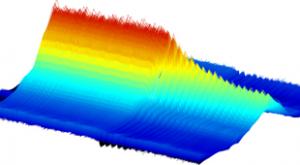
NIST
From monitoring concentrations of greenhouse gases to detecting Covid in the breath, laser systems known as frequency combs can identify specific molecules as simple as carbon dioxide and as complex as monoclonal antibodies with unprecedented accuracy and sensitivity. Amazing as they are, however,…

Mary Martialay
Conventional silicon architecture has taken computer vision a long way. But Purdue University researchers are developing an alternative path—and taking a cue from nature—that they say is the foundation of an artificial retina. Like our own visual system, the device is geared to sense change, making…

Brad Jobe
Artificial intelligence (AI) has the potential to reshape the healthcare industry. There is a massive amount of healthcare data available for AI to process. Nearly one-third of the world’s data volume is generated by the healthcare industry, and the volume of big data is projected to increase…

Zach Winn
For professor Elsa Olivetti, tackling a problem as large and complex as climate change requires not only lab research but also understanding the systems of production that power the global economy.
Her career path reflects a quest to investigate materials at scales ranging from the microscopic to…
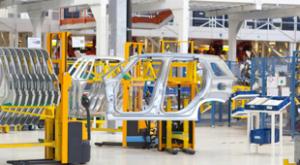
Creaform
As manufacturers transition toward Industry 4.0 to speed up production cycles and accelerate their time to market, they nevertheless continue to face many challenges, particularly with respect to automating quality control.
Reducing costs drives the need for automated quality control
Automating…

James Barai
Environmental consciousness is a priority for both consumers and businesses, now more than ever. Sustainable business practices continue to gain popularity across various industries, including the nutrition and food industry. In this realm, scientific laboratories are a resource-intensive space as…

Ian Wright
Curing time is the Achilles heel of multimaterial 3D printing. Typically, a multimaterial 3D printer uses thousands of nozzles to deposit resins, which are then smoothed with a scraper or roller before being cured with ultraviolet (UV) light. As a result, this process is constrained by how quickly…
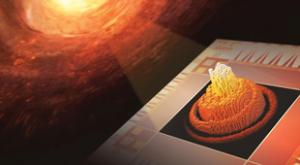
NIST
Researchers at the National Institute of Standards and Technology (NIST) and their colleagues have built a superconducting camera containing 400,000 pixels—400 times more than any other device of its type.
Superconducting cameras allow scientists to capture very weak light signals, whether from…

Chris Caldwell
As the growth in fulfillment warehouses, e-commerce, and third-party logistics skyrockets, and unique customer demands evolve, more companies are exploring the concept of dark warehouses—fully automated, “lights-out” facilities that use intelligent, interconnected devices to operate without human…

Leah Chan Grinvald, Ofer Tur-Sinai
Cars are no longer just a means of transportation. They have become rolling hubs of data communication. Modern vehicles regularly transmit information wirelessly to their manufacturers.
However, as cars grow “smarter,” the right to repair them is under siege.
As legal scholars, we find that the…

Adam Zewe
A quick scan of recent headlines makes it seem as if generative artificial intelligence is everywhere these days. In fact, some of those headlines may actually have been written by generative AI such as OpenAI’s ChatGPT, a chatbot that has demonstrated an uncanny ability to produce text that seems…
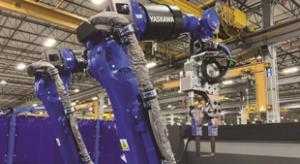
Chris Anderson
A cost-effective process that yields solid welds for long-term performance, resistance spot welding (RSW) remains a top joining method for a variety of structural parts. RSW was one of the first applications leveraged by robotics, and advances in robot hardware and software have enhanced it.
With…

Eric Whitley
Historically, manufacturing processes have often involved substantial waste. From the early days of industrialization, companies have prioritized production speed and volume over efficient resource use. As resources seemed abundant and environmental consciousness was low, excessive waste became an…

Elizabeth A. Thomson
In research that could jump-start interest in an enigmatic class of materials known as quasicrystals, MIT scientists and colleagues have discovered a relatively simple, flexible way to create new, atomically thin versions of the materials that can be tuned for important phenomena. They describe…
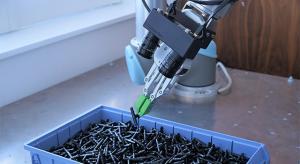
Silke von Gemmingen
The manufacturing sector is currently facing a number of challenges. Technological change, pressing environmental issues, and globalization require a number of adjustments, such as investing in new technologies, conserving resources, and optimizing and securing supply chains.
Shifting production…

Andrew Maynard
The 2023 Nobel Prize for chemistry isn’t the first Nobel awarded for research in nanotechnology. But it is perhaps the most colorful application of the technology to be associated with the accolade.
This year’s prize recognizes Moungi Bawendi, Louis Brus, and Aleksey Yekimov for the discovery and…

Javeria Salman
While data science isn’t a new subject, there’s been growing interest recently in helping students—in both K-12 and higher education—gain data science skills.
One reason is the shifting job market, says Zarek Drozda, director of Data Science 4 Everyone, a national initiative based at the…

Noelle Toumey Reetz
As artificial intelligence (AI) continues to rapidly advance, there are few areas that will not be radically affected. In fact, it’s already begun.
From education to commerce and medicine, research is playing an increasingly important role in addressing the new societal and technological changes…

Poornima Apte
When Alexander O’Brien sent in his application for graduate school at MIT’s Department of Nuclear Science and Engineering, he had a germ of a research idea already brewing. So when he received a phone call from Professor Mingda Li, he shared it: The student from Arkansas wanted to explore the…

Tim Heston
At Metalworks Inc.’s main plant in Lincoln, Nebraska, co-founders Rob Ernesti and Doug Swanson walked past a new punch/laser system being tested, complete with part removal and stacking automation. It’s one piece of a value stream dedicated to a family of parts. They next walked by a row of small…

Anne Trafton
Flat screen TVs that incorporate quantum dots are now commercially available. But it has been more difficult to create arrays of their elongated cousins, quantum rods, for commercial devices. Quantum rods can control both the polarization and color of light to generate 3D images for virtual-reality…
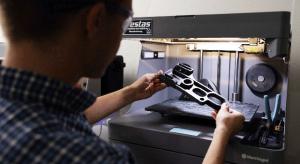
Julie van der Hoop
We’re all familiar with photos of Ford’s production lines in 1920. But would we recognize them today? As part of a broader trend referred to as “Industry 4.0,” systems in many factories have modernized considerably in recent years. This digitization of the manufacturing sector aims to apply…
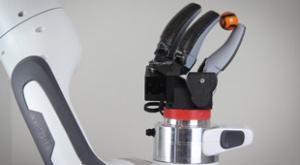
Adam Zewe
Imagine grasping a heavy object, like a pipe wrench, with one hand. You would likely grab the wrench using your entire fingers, not just your fingertips. Sensory receptors in your skin, which run along the entire length of each finger, would send information to your brain about the tool you are…

John Davis
Over the past decade, one of the biggest advances in enterprise resource planning (ERP) has been the ability to communicate and integrate with machines and external software programs to lower costs and increase efficiency. For example, BOM Compare software can reduce engineering costs and get jobs…
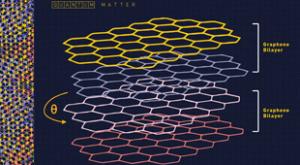
Ron Cowen
A single atom-thick sheet of carbon known as graphene has remarkable properties on its own. But things can get even more interesting when you stack up multiple sheets.
When two or more overlying sheets of graphene are slightly misaligned—twisted at certain angles relative to each other—they take…